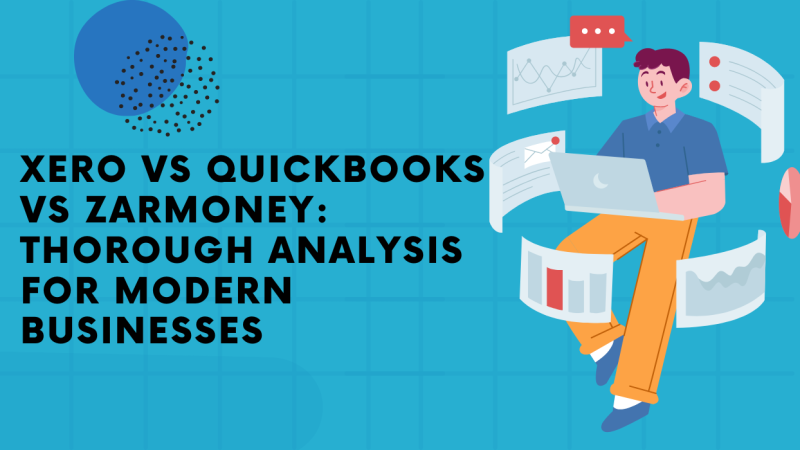How to Find the Perfect Payroll Schedule for Your Small Business

So you’ve started your own small business, and now you’re ready to hire your first employees. Not only do you have to figure out how to pay them, but you also have to decide what kind of payroll schedule will best suit your company’s needs. Whether you decide on the traditional biweekly or monthly schedules or decide to try something different, like paying every other week or paying at the end of each day, you can rest assured that your employees will know exactly when they’ll be getting paid and that they’ll be able to plan their finances accordingly.
How to Determine the Best Payroll Schedule
There are two common types of payroll schedules: weekly and biweekly. However, you can also use a four-week schedule or custom schedule, depending on your business. Ask yourself: How often do you want to be paid? Would you rather receive paychecks or direct deposits? What’s more convenient for your employees and customers? The schedule that works best for your company will depend on what’s best suited for everyone involved.
There are two main types of weekly payroll schedules: biweekly and semimonthly. A biweekly schedule is simply when you pay employees every other week; a semimonthly schedule is one in which you pay them twice per month. The most common small business payroll schedule is weekly, but some employers opt for biweekly or semimonthly schedules so they can be more financially prepared with bigger paychecks. Semimonthly plans typically come with 26 pay periods each year—the same number as traditional monthly plans—while monthly schedules include 12 periods and biweekly ones, 24. If you use an automated payroll system, it’s less of a concern what type of frequency your employees are paid on because your software will do all of the calculations on its own.
Biweekly Schedules
Compared to a monthly payroll schedule, a biweekly payroll plan may cost you more in bookkeeping and administrative time if your business is very small and doesn’t have many employees. This is because there are two separate paychecks per month instead of one. But if you don’t mind doing a little more work or just want your employees to get paid as often as possible, then a biweekly payroll schedule might be right for you. Employees enjoy having their paychecks more frequently than once per month, and those extra checks can help provide them with some extra cash flow they may need if their personal finances require it.
Semi-Monthly Schedules
Semi-monthly paychecks are popular among small businesses because they are less expensive than weekly payroll. To get paid twice a month, your employee takes out 2% of their monthly paycheck amount ($12 on a $1,200 per month paycheck) and forwards it to you at each payday. It doesn’t sound like much but every little bit helps in cutting down your costs. Having semi-monthly schedules can also be beneficial if you have some employees who want a smaller check each week and others who want a slightly larger one. With regular pay periods, there’s no option to accommodate both needs without having employees fall into separate payroll systems.
Monthly Schedules
A monthly payroll schedule can be beneficial if you want your employees to know ahead of time how much money they’ll receive each pay period. Monthly schedules provide consistency and help prevent employees from constantly wondering when their next paycheck will arrive. Some small businesses opt for bi-weekly (twice a month) payrolls or semi-monthly (once every two weeks) payrolls, which could work better for your business. This is because one of these schedules might give you more open communication time with employees; depending on their schedules, they may not always be available to discuss changes or ask questions during standard working hours.
Finding a good payroll schedule requires some thought. When you have multiple employees, your payroll schedule may need to be adjusted according to their needs. Also switching to a payroll software for small business can take of the burden of paychecks and will directly deposit in your employee’s bank account. A good rule of thumb is to stay away from biweekly paychecks since employees will likely receive pay at different times. Additionally, it’s important not only that employees get paid on time, but also that they have ample time between paydays in order not to forget about how much money they have available in their bank accounts. Your final decision should be one that fits your business best while keeping in mind both your and your employee’s interests.






